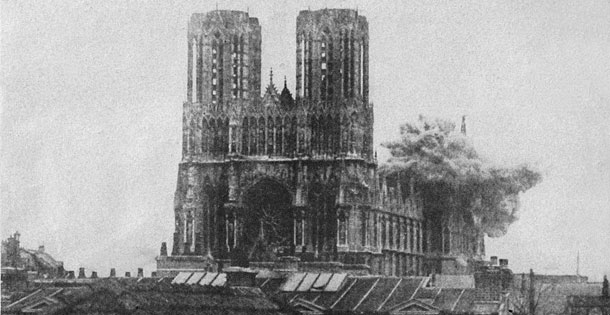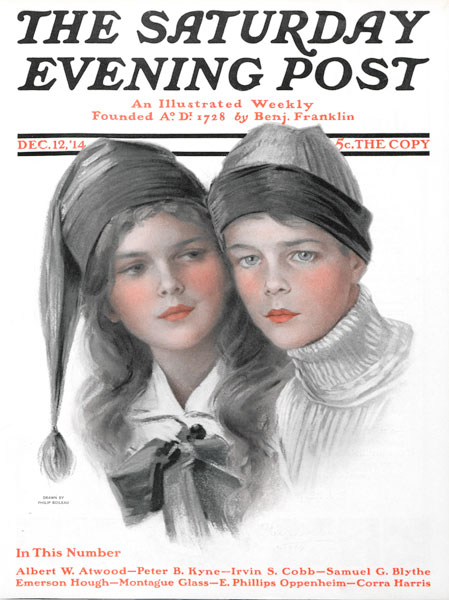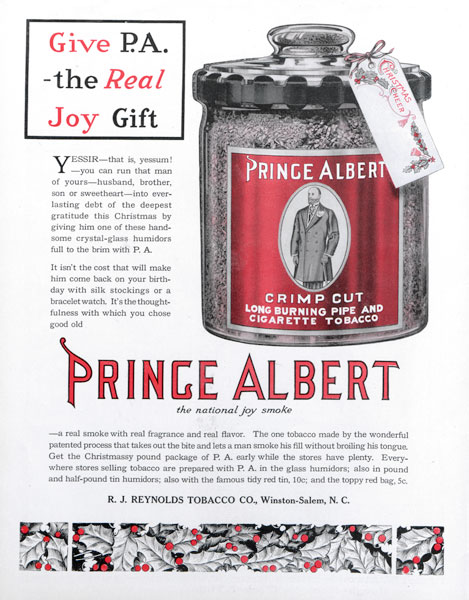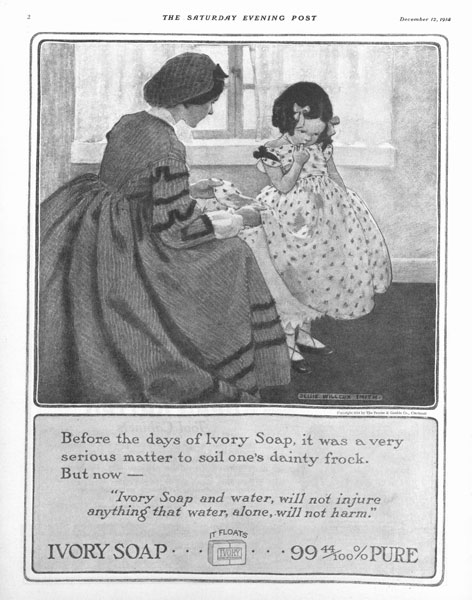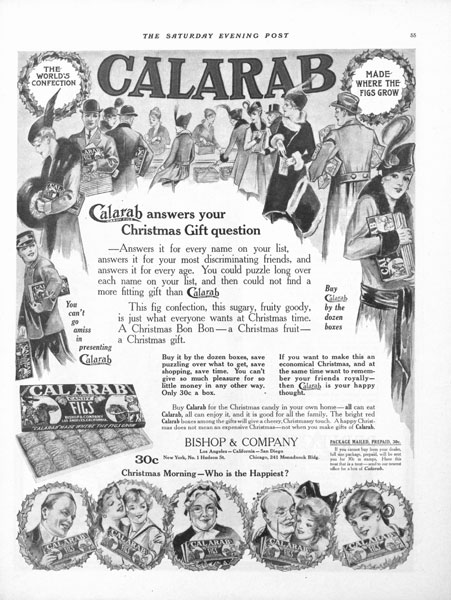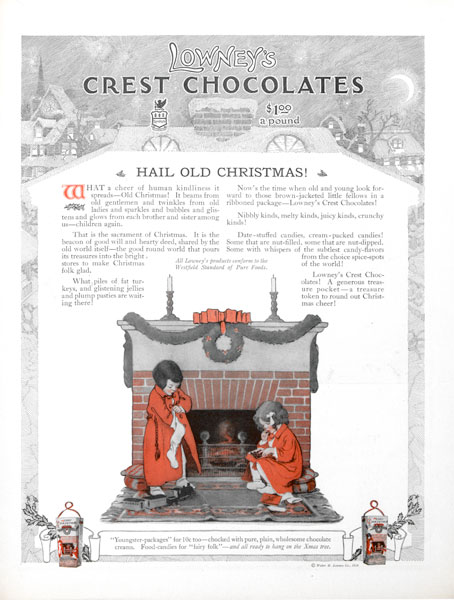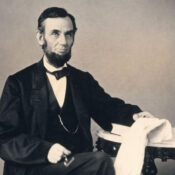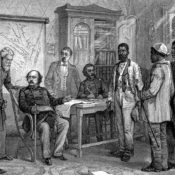In the December 12, 1914, issue: Irvin S. Cobb describes an airborne weapon introduced to the war.
A Reserved Seat
By Irvin S. Cobb
War had become a romantic business in the century of peace that followed Napoleon’s defeat. Generations of young men grew up hearing tales of bravery and military glory. Many yearned for an opportunity to distinguish themselves in battle, earning the fame, the promotion, and the adoration of women that was given to soldiers in the stories they’d heard. But when war came in 1914, it quickly re-educated the youth of Europe about the brutal realities of combat. And now, with new weaponry, killing became even more efficient and more brutal.
Airplanes, for example, had originally been intended only for reconnaissance. But soon the pilots began shooting at other planes or dropping small bombs on enemy lines. In this week’s dispatch from the German lines, Irvin S. Cobb reports a crude device that French pilots were dropping on German troops.
Warning: The following excerpt contains a graphic depiction of death that some readers may find disturbing.
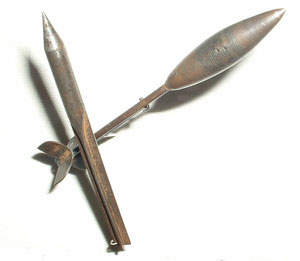
“Soon after we left the stand of 10-centimeter guns, a civilian Red Cross man halted our machines to show us a new device for killing men. It was a steel dart, of the length and thickness of a fountain pen, and of much the same aspect. It was pointed like a needle at one end, and at the other was fashioned into a tidy rudder arrangement, the purpose of this being to hold it upright — point downward — as it descended. It was an innocent-looking device — that dart; but it was deadlier than it seemed.
“‘That flyer at whom our guns were firing a while ago dropped this,’ explained the civilian. ‘He pitched out a bomb that must have contained hundreds of these darts; and the bomb was timed to explode a thousand or more feet above the earth and scatter the darts. Some of them fell into a cavalry troop on the road leading to La Fere.
“‘Hurt anyone? Ach, but yes! Hurt many and killed several — both men and horses. One dart hit a trooper on top of his head. It went through his helmet, through his skull, his brain, his neck, his body, his leg — all the way through him lengthwise it went. It came out of his leg, split open his horse’s flank, and stuck in the hard road.
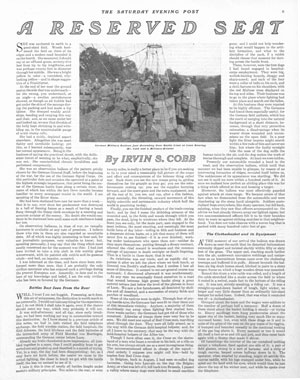
“‘I myself saw the man afterward. He died so quickly that his hand still held his bridle rein after he fell from the saddle; and the horse dragged him — his corpse, rather — many feet before the fingers relaxed.’
The officers who were with us were tremendously interested — not interested, mind you, in the death of that trooper, spitted from the heavens by a steel pencil, but interested in the thing that had done the work. It was the first dart they had seen. Indeed, I think until then this weapon had not been used against the Germans in this particular area of the western theater of war. These officers passed it about, fingering it in turn, and commenting on the design of it and the possibilities of its use.
“‘Typically French,’ the senior of them said at length, handing it back to its owner, the Red Cross man — ‘a very clever idea too; but it might be bettered, I think.’ He pondered a moment, then added, with the racial complacence that belongs to a German military man when he considers military matters: ‘No doubt we shall adopt the notion; but we’ll improve on the pattern and the method of discharging it. The French usually lead the way in aerial inventions, but the Germans invariably perfect them.’”
The new weaponry of war was increasing the ability to cause greater destruction from a greater distance. But they soon learned that, as distance increased, accuracy declined. The collateral damage — to civilians and their cities — was rising sharply. The generals began deflecting criticism by blaming the enemy.
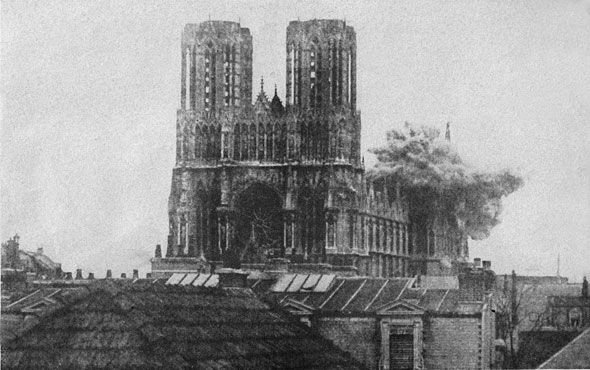
“We could, with the aid of our glasses, make out the buildings in Rheims, some of which were then on fire — particularly the great cathedral. Viewed from that distance it did not appear to be badly damaged.
“Already during that week, from many sources, we had heard the Germans’ version of the shelling of Rheims Cathedral, their claim being that they purposely spared the pile from the bombardment until they found the defenders had signal men in the towers; that twice they sent officers, under flags of truce, to urge the French to withdraw their signalers; and only fired on the building when both these warnings had been disregarded, ceasing to fire as soon as they had driven the enemy from the towers.
“I do not vouch for this story; but we heard it very frequently. Now, from one of the young officers who had escorted us into the trench, we were hearing it all over again, with elaborations. …
“We were noncombatants and nowise concerned in the existing controversy; but we remembered the plaintive words of the Chinese minister at Brussels when he called on [the U.S. minister in Belgium] — Brand Whitlock — to ascertain what Whitlock would advise doing in case the advancing Germans fired on the city. Whitlock suggested to his Oriental brother that he retire to his official residence and hoist the flag of his country over it, thereby making it neutral and protected territory.
“‘But, Mister Whitlock,’ murmured the puzzled Chinaman, ‘the cannon — he has no eyes!’”
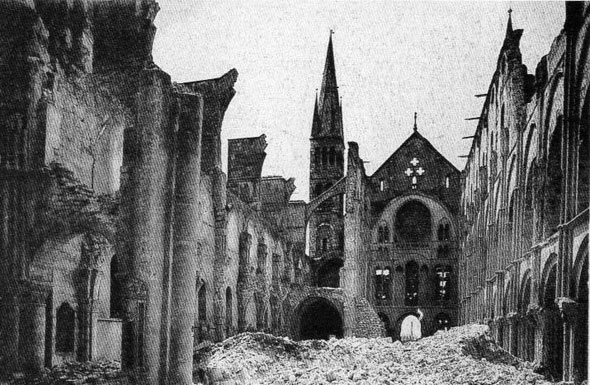
Step into 1914 with a peek at these pages from The Saturday Evening Post December 12, 1914 issue.
Become a Saturday Evening Post member and enjoy unlimited access. Subscribe now
